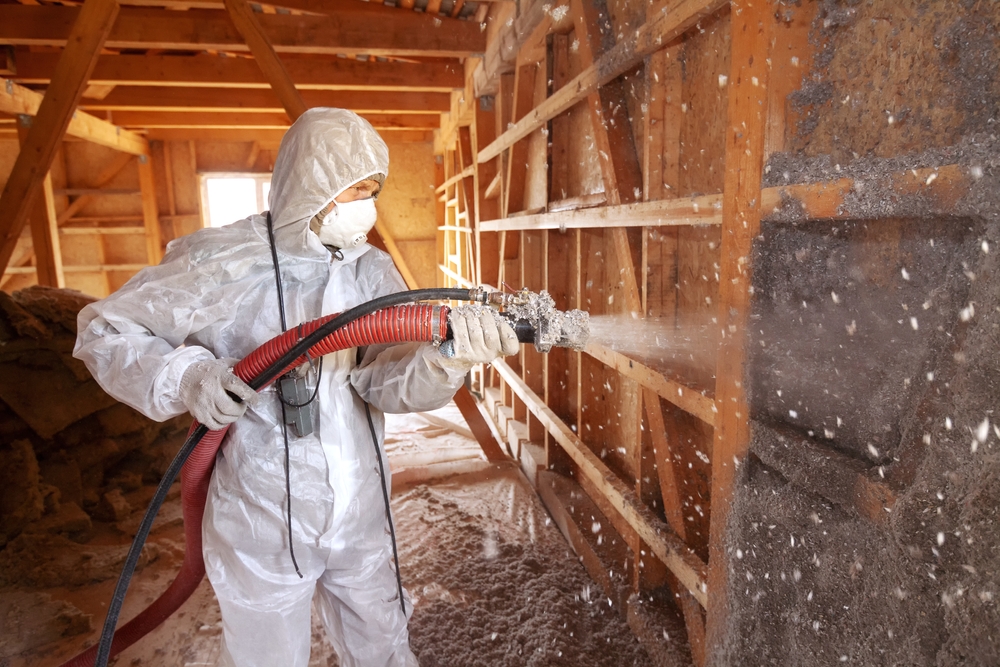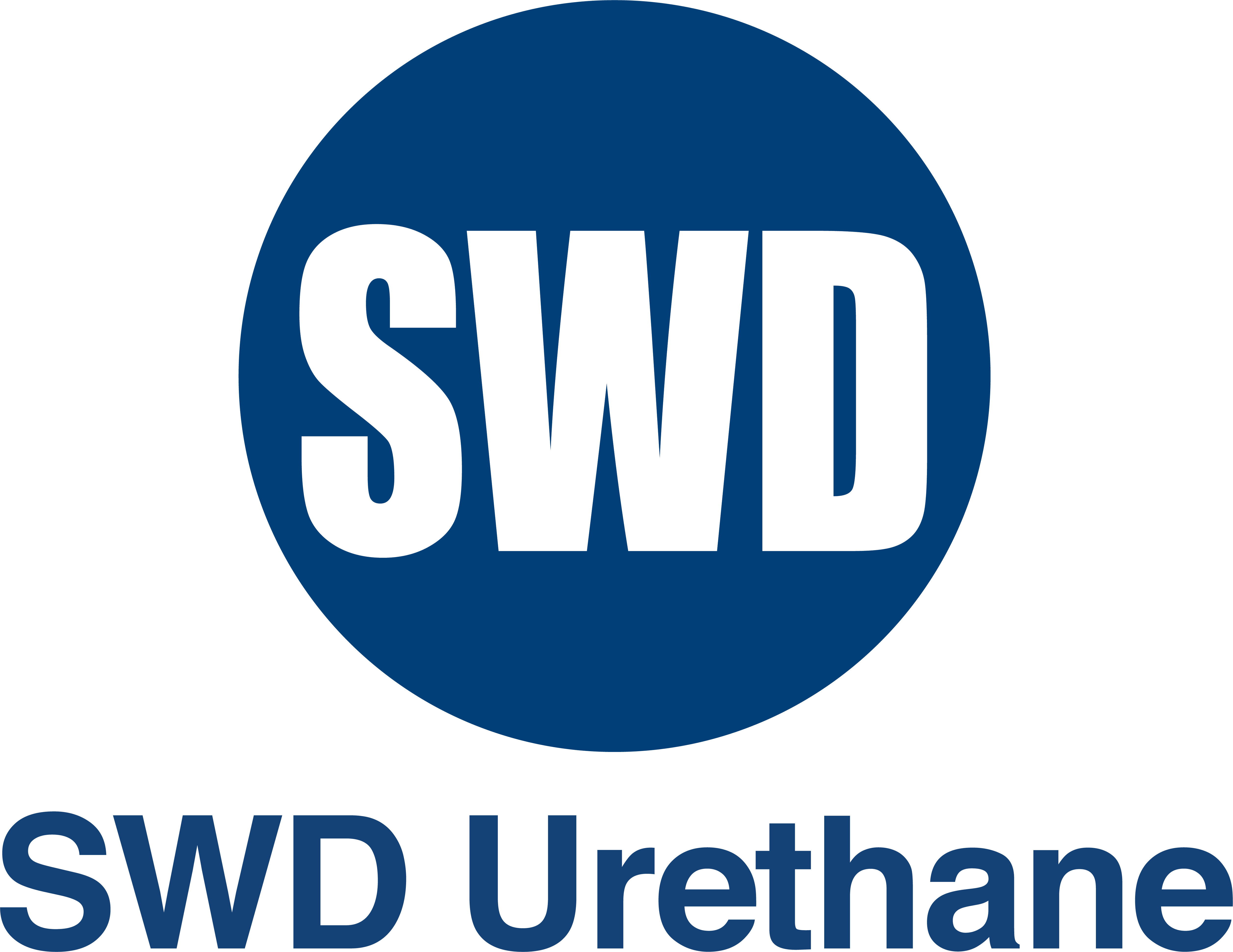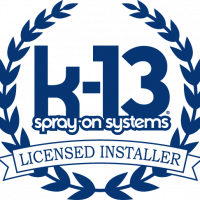
When considering what type of insulation for attic in California, there are several factors to take into account to ensure you choose the right one for your home. Attic insulation plays a crucial role in maintaining comfortable temperatures, reducing energy bills, and improving overall home energy efficiency. California’s diverse climate conditions, from coastal coolness to desert heat, require specific insulation solutions. This blog will explore the various types of attic insulation, their benefits, and how to select the best option based on your location and needs in California.
Understanding Attic Insulation and Its Role
Attic insulation is vital because it acts as a barrier that prevents heat from escaping or entering your home. In the summer, good insulation keeps cool air inside, reducing the need for air conditioning. In winter, it helps retain heat within the home, minimizing heating costs. California’s varying climates require homeowners to carefully evaluate what type of insulation for attic will provide the best results for year-round comfort. Effective attic insulation is not just about temperature regulation; it also helps with noise reduction, moisture control, and overall energy efficiency.
While many homeowners in California may think about insulation primarily for temperature control, the benefits extend beyond that. Proper insulation can significantly reduce your home’s carbon footprint and decrease your reliance on energy-consuming heating and cooling systems. Additionally, it can add to the overall value of your property. With such a wide range of insulation materials available, selecting the right one is essential to maximizing these benefits.
Different Types of Attic Insulation
When determining what type of insulation for attic is best for your home in California, you’ll find several materials to choose from. The most common options include fiberglass batt insulation, blown-in cellulose, spray foam, and reflective or radiant barrier insulation. Each type has its advantages, and the best choice depends on various factors such as your home’s design, climate, and budget.
Fiberglass batt insulation is one of the most widely used options due to its affordability and ease of installation. It consists of layers of dense glass fibers that trap air and reduce heat transfer. This insulation is commonly available in pre-cut sections that fit between the rafters or joists in your attic. Although it’s efficient in keeping your home insulated from the elements, fiberglass batt insulation may not work as well in attics with irregular shapes or hard-to-reach spaces.
Blown-in cellulose is another popular choice, especially for homes that require more thorough coverage. Made from recycled paper products, cellulose insulation is blown into attic spaces using specialized equipment, ensuring it fills all nooks and crannies. This type of insulation can be especially beneficial for homes in colder regions of California, as it provides excellent thermal resistance and air sealing properties. However, blown-in cellulose can be prone to settling over time, which may reduce its effectiveness.
Spray foam insulation offers a superior air seal, making it an excellent option for homes in California’s varied climates. It is applied as a liquid that expands upon contact, filling every gap and crevice in the attic. This insulation material is highly effective at reducing energy loss and improving air quality by sealing drafts. The downside of spray foam insulation is its higher cost compared to other materials, but it often delivers long-term savings in energy bills.
Reflective or radiant barrier insulation works differently from traditional insulation types. Rather than trapping air, radiant barriers reflect heat away from your home. They are particularly effective in hot climates, such as California’s inland areas, where they help keep attics cooler during the summer months. These barriers are typically installed in attics to reflect heat away from the home, reducing the amount of heat that enters through the roof. While radiant barriers are effective at reflecting heat, they are often used in combination with other forms of insulation to maximize their effectiveness.
Climate Considerations for Attic Insulation in California
California’s diverse climate presents unique challenges when it comes to what type of insulation for attic is most effective. The state features a range of weather conditions, from coastal areas with mild temperatures to inland regions that experience intense summer heat. This variability means that homeowners need to consider not only the type of insulation but also how it will perform in the specific region they live in.
For homes in coastal California areas like San Francisco or Los Angeles, where temperatures remain relatively moderate year-round, fiberglass batt insulation or blown-in cellulose can provide sufficient protection against temperature extremes. These materials will keep homes comfortable without overly high installation costs. The relatively mild conditions in these areas make it less critical to invest in the most expensive insulation options, though it is still essential to maintain a high level of energy efficiency.
In contrast, inland areas such as the Central Valley or desert regions like Palm Springs experience much hotter summers and colder winters. In these areas, a combination of insulation materials may be necessary to maintain year-round comfort. Spray foam insulation, for example, is ideal for sealing homes tightly against hot air in the summer and cold air in the winter. Reflective radiant barriers are also especially useful for homes with attics that are exposed to direct sunlight, as they help keep the temperature down during the hot months.
Another consideration for California homeowners is the importance of moisture control in attic spaces. In some areas, especially in the northern and central parts of the state, rainfall and humidity can contribute to mold and mildew growth in attics. In such climates, choosing insulation that can resist moisture and prevent condensation buildup is essential. Spray foam insulation is highly effective in this regard because it provides a tight seal, reducing the chances of moisture infiltration. On the other hand, fiberglass batt insulation can be more vulnerable to moisture, leading to potential issues with mold and mildew growth.
Installation and Maintenance Considerations
When choosing what type of insulation for attic in California, it’s also important to consider the ease of installation and long-term maintenance needs. Some insulation materials, such as fiberglass batt, are relatively simple for DIY installation, which can save money on labor costs. However, it’s important to ensure the insulation is properly installed to avoid gaps or compression, which can undermine its performance. In contrast, spray foam insulation requires professional installation, making it a more expensive option upfront, but it provides a higher level of precision and effectiveness.
Blown-in cellulose also requires professional equipment to install properly, though it is often seen as an affordable alternative to spray foam while still providing good thermal resistance. The maintenance for blown-in cellulose is relatively minimal, but it can settle over time, reducing its effectiveness. Regular inspections are needed to ensure that it maintains its desired coverage.
Reflective barriers are the easiest to install among all the insulation types, often simply requiring placement in the attic space. However, while they are effective at reducing heat during the summer months, they offer little insulation against cold temperatures in winter. As such, they are best used in combination with other insulation methods for the best results.
Cost Considerations and Return on Investment
Finally, when selecting what type of insulation for attic in California, it’s essential to consider both the initial cost and the potential long-term savings. While spray foam insulation offers the highest performance in terms of air sealing and energy savings, it also comes with a higher upfront cost compared to options like fiberglass batt or cellulose. The decision ultimately depends on your budget and how long you plan to stay in your home.
In terms of return on investment, it’s crucial to think about how much energy savings you’ll see over time. Homes with better insulation tend to have lower heating and cooling costs, and the right attic insulation can reduce these expenses significantly. While initial installation costs may vary, the savings on energy bills over the life of your home can more than make up for the investment in high-quality insulation.
In California, the state’s energy-efficient building codes and rebates for insulation upgrades may also help offset the cost of installation. Many homeowners can take advantage of tax credits or utility rebates to lower the financial burden of upgrading their attic insulation.
Conclusion
Choosing the right type of insulation for your attic in California is a decision that can have a lasting impact on your home’s comfort, energy efficiency, and overall value. By evaluating the climate, your home’s specific needs, and the pros and cons of each insulation type, you can make an informed choice that will keep your home comfortable year-round. Whether you opt for fiberglass batt, blown-in cellulose, spray foam, or reflective barriers, the right insulation will enhance your home’s performance and help you save on energy costs. With the right approach, you can ensure that your home is both energy-efficient and comfortable in any part of California.
Need Insulation Near You?
Since 2001, Ace Insulation Inc. has been your premier insulation experts. We take pride in being locally owned and operated as well as offering high-quality service. We specialize in the installation of insulation. Whether you are building a new home or renovating your existing space, we are the place to call. We have many materials to choose from, including fiberglass and spray foam. If you are looking for high-quality work, call us today to schedule your next consultation!


